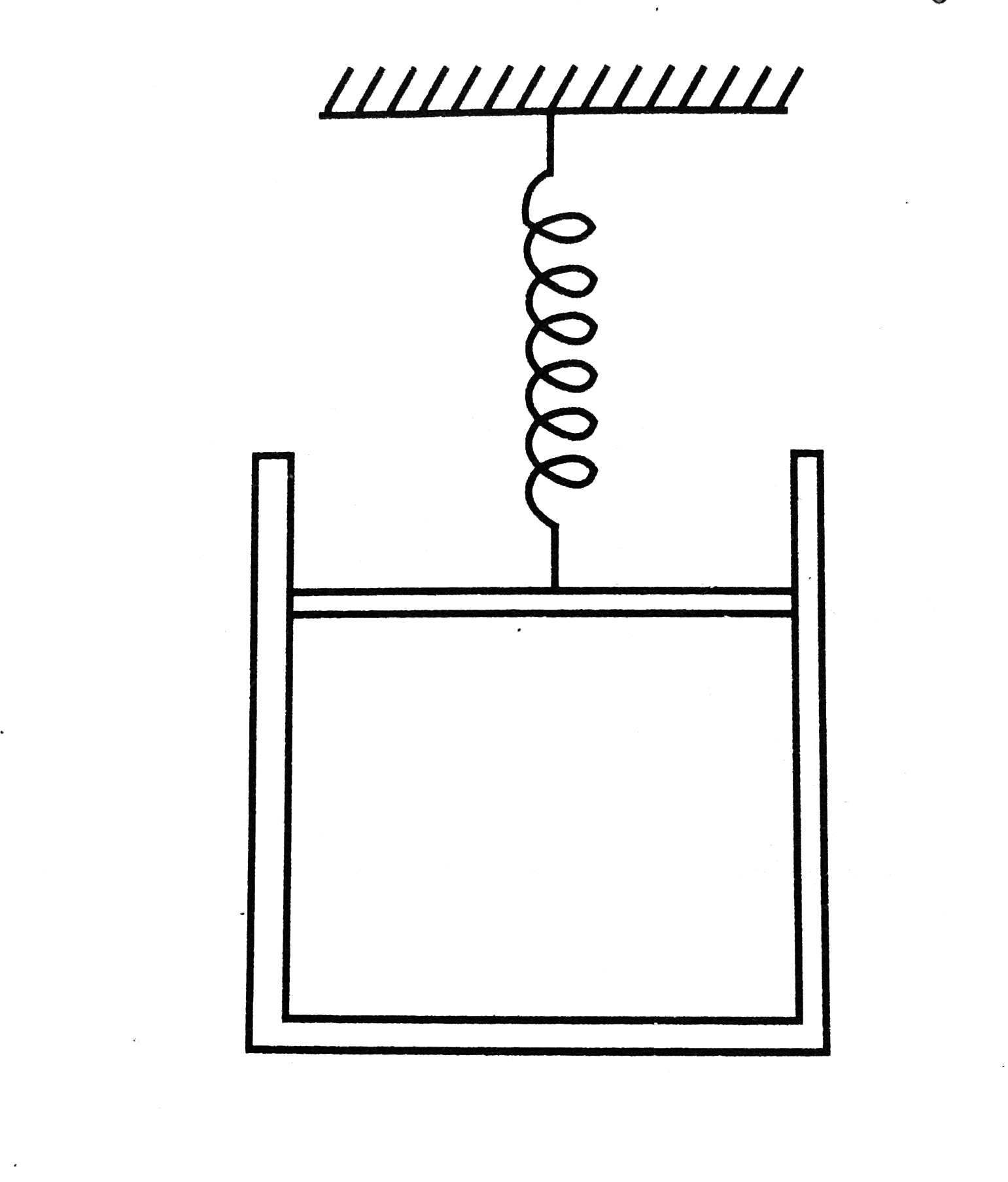The pressure of a gas is 100 k Pa. if it is compressed from 1 m3 to 10dm3 , find the work done .
990 J
9990 J
9900 J
99000 J
The correct Answer is:D
To find the work done during the compression of a gas, we can use the formula:
W=−PΔV
where:
- W is the work done,
- P is the pressure,
- ΔV is the change in volume.
Step 1: Identify the given values
- Pressure P=100kPa=100×103Pa
- Initial volume Vi=1m3
- Final volume Vf=10dm3
Step 2: Convert the final volume to cubic meters
Since 1dm3=10−3m3, we can convert Vf:
Vf=10dm3=10×10−3m3=0.01m3
Step 3: Calculate the change in volume ΔV
ΔV=Vf−Vi
ΔV=0.01m3−1m3=−0.99m3
Step 4: Substitute the values into the work done formula
Now we can substitute P and ΔV into the work done formula:
W=−PΔV
W=−(100×103Pa)×(−0.99m3)
Step 5: Calculate the work done
W=100×103×0.99
W=99000J
Thus, the work done during the compression of the gas is:
99000J
- W is the work done,
- P is the pressure,
- ΔV is the change in volume.
- Pressure P=100kPa=100×103Pa
- Initial volume Vi=1m3
- Final volume Vf=10dm3
Since 1dm3=10−3m3, we can convert Vf:
Vf=10dm3=10×10−3m3=0.01m3
ΔV=Vf−Vi
ΔV=0.01m3−1m3=−0.99m3
Now we can substitute P and ΔV into the work done formula:
W=−PΔV
W=−(100×103Pa)×(−0.99m3)
W=100×103×0.99
W=99000J
99000J
Topper's Solved these Questions
Similar Questions
A gas in a cyclinder is held at a constant pressure of 2.30×105Pa and is cooled and compressed from 1.70m3 to 1.20m3. The internal energy of the gas decreases by 1.40×105J. (a) Find the work done by the gas. (b) Find the absolute value |Q| of the heat flow into or out of the gas and state the direction of the heat flow. (c) Does it matter whether or not the gas is ideal? Why or why not?
View SolutionA gas in a cylinder is held at a constant pressure of 1.7×105Pa and is cooled and compressed from 1.20m3 to 0.8m3. The internal energy of the gas decreases by 1.1×105J.
(a) Find the work done by the gas.
(b) Find the magnitude of the heat flow into or out of the gas and state the direction of heat flow.
(c) Does it matter whether or not the gas is ideal?
View SolutionAn ideal gas initially at pressure 1 bar is being compressed from 30m3 to 10m3 volume and its temperature decreases from 320 K to 280 K then find final pressure of gas.
View SolutionThe volume of a gas expands by 0.25m3 at a constant pressure of 103Nm2. The work done is equal to
View SolutionA sample of gas (γ=1.5) is taken through an adiabatic process in which the volume is compressed from 1600cm3→400cm3. If the initial pressure is 150kPa, (a) what is the final pressure and (b) how much work is done by the gas in the process?
View SolutionA spring of spring constasnt 50 N/m is compressed from its natural position through 1 cm. Find the work done by the work done by the spring force on the agency compressing the spring.
View SolutionAt 25∘C, a 0.01 mole sample of a gas is compressed from 4.0 L to 1.0 L at constant temperature. What is the work done for this process if the external pressure is 4.0 bar?
View SolutionAn ideal gas has a volume 0.3m3 at 150kPa. It is confined by a spring-loaded piston in a vertical cylinder. Initially, the spring is in relaxed state. If the gas is heated to a final state of 0.5m3 and pressure 600kPa find the work done on the spring (atmospheric pressure, P0=1×105N/m2).

View SolutionAn ideal gas (γ=53) is adiabatically compressed from 640cm3 to 80cm3. If the initial pressure is P then find the final pressure?
View SolutionA given sample of an ideal gas (γ=1.5) is compressed adiabatically from a volume of 150cm3 to 50cm3. The initial pressure and the initial temperature are 150kpa and 300K. Find (a) the number of moles of the gas in the sample, (b) the molar heat capacity at constant volume, (c) the final pressure and temperature, (d) the work done by the gas in the process and (e) the change in internal energy of the gas .
View Solution
